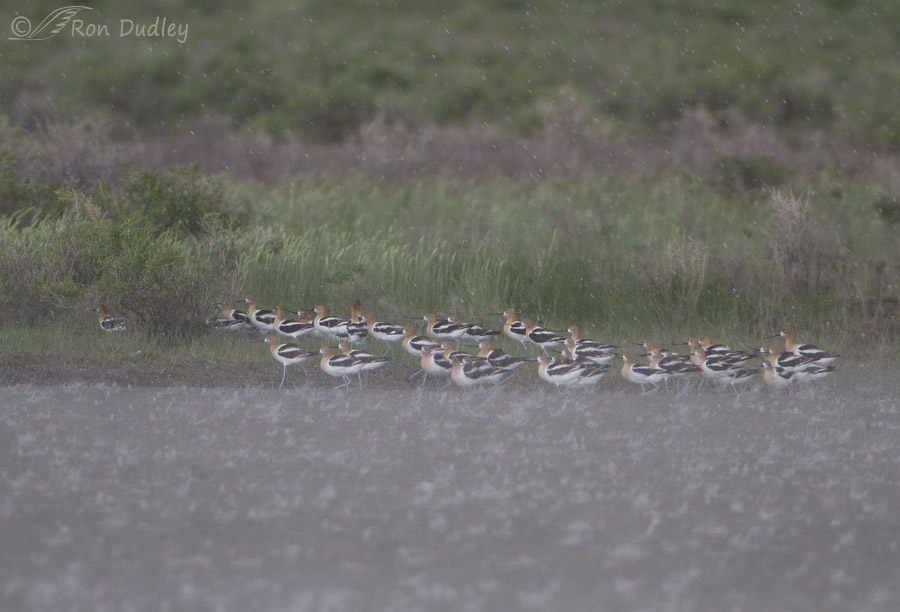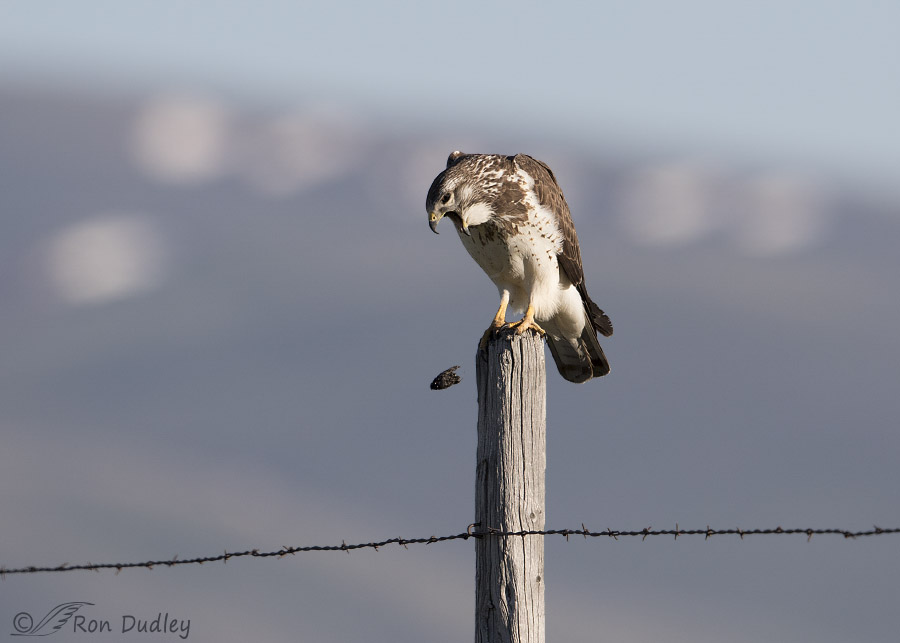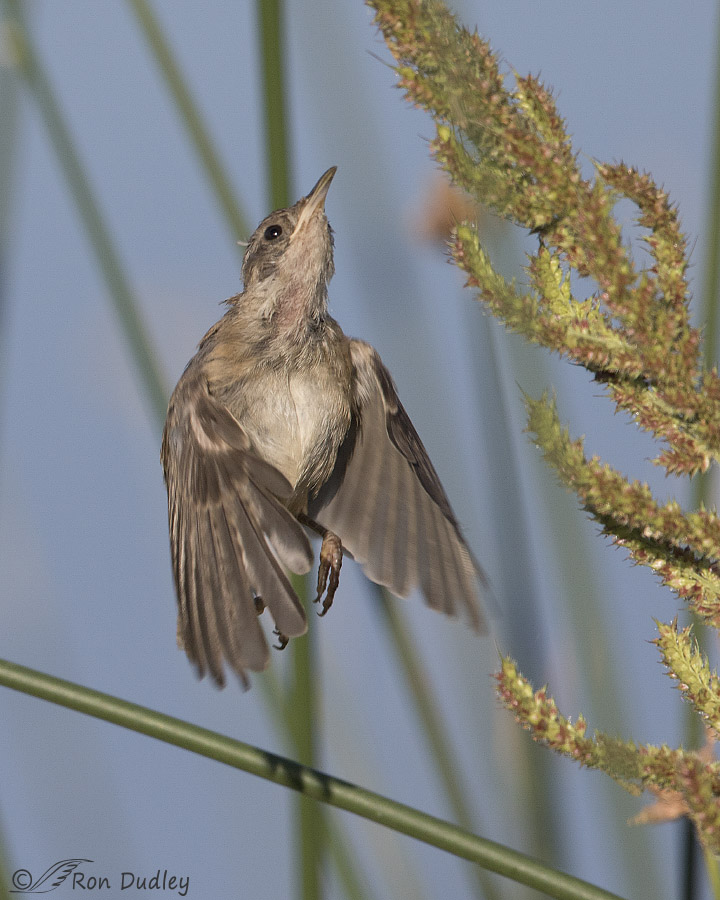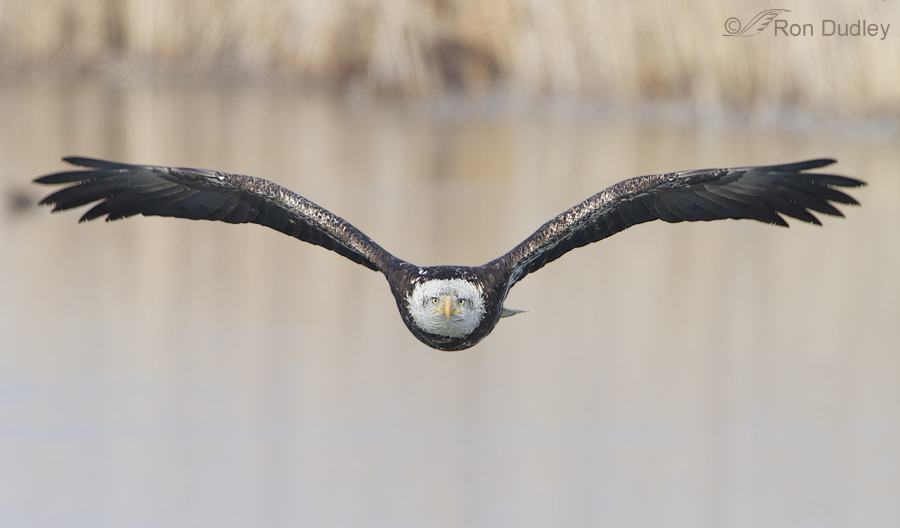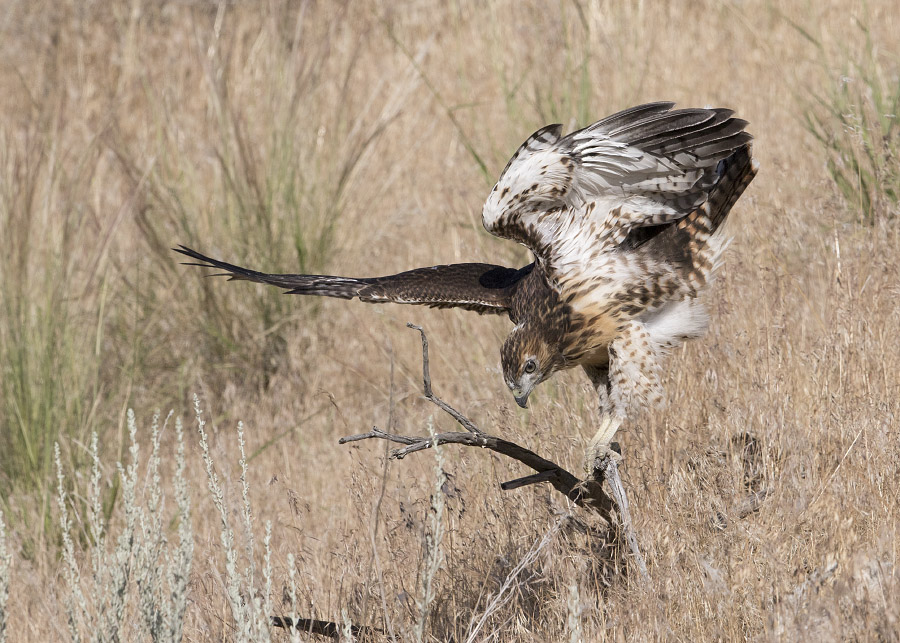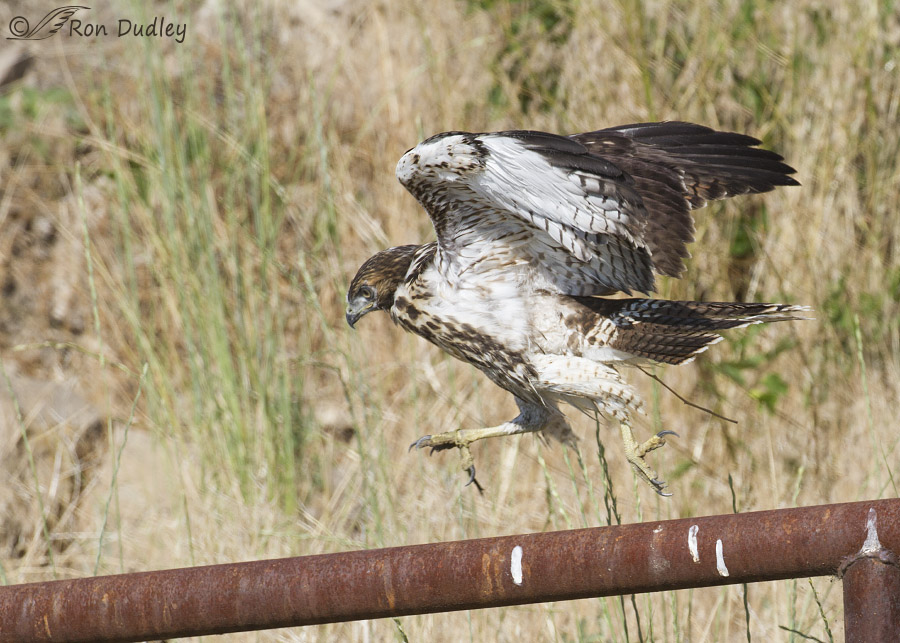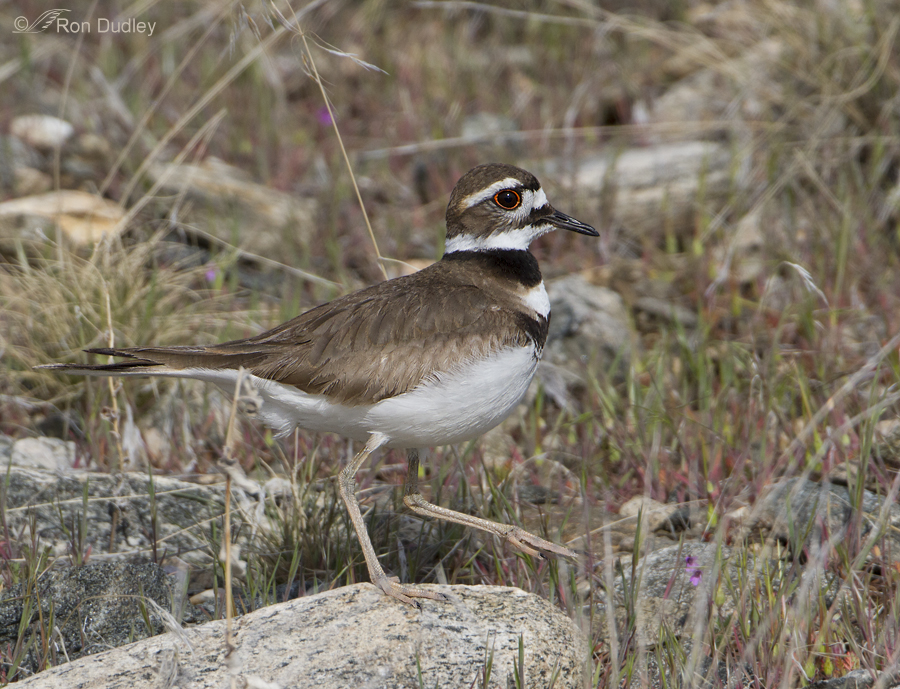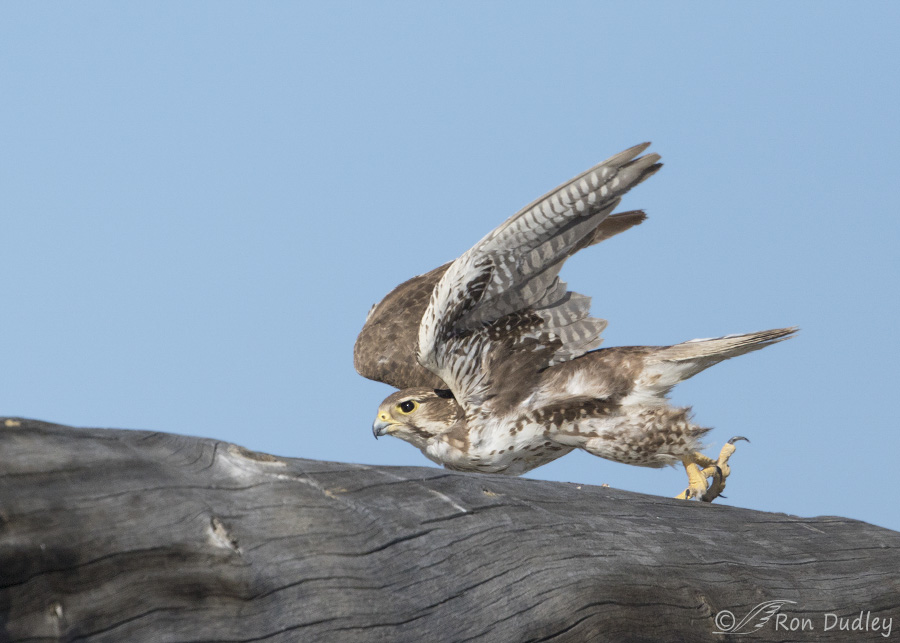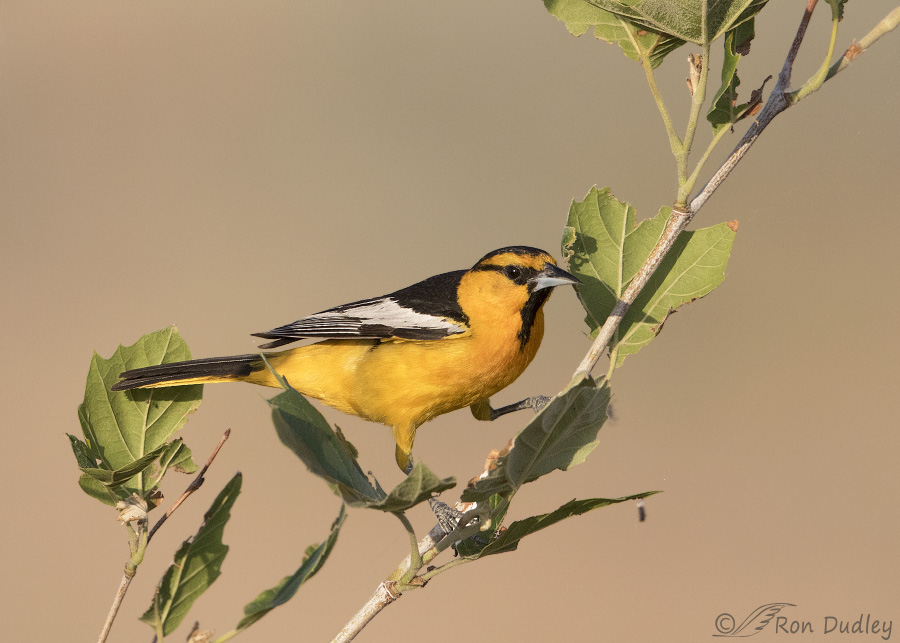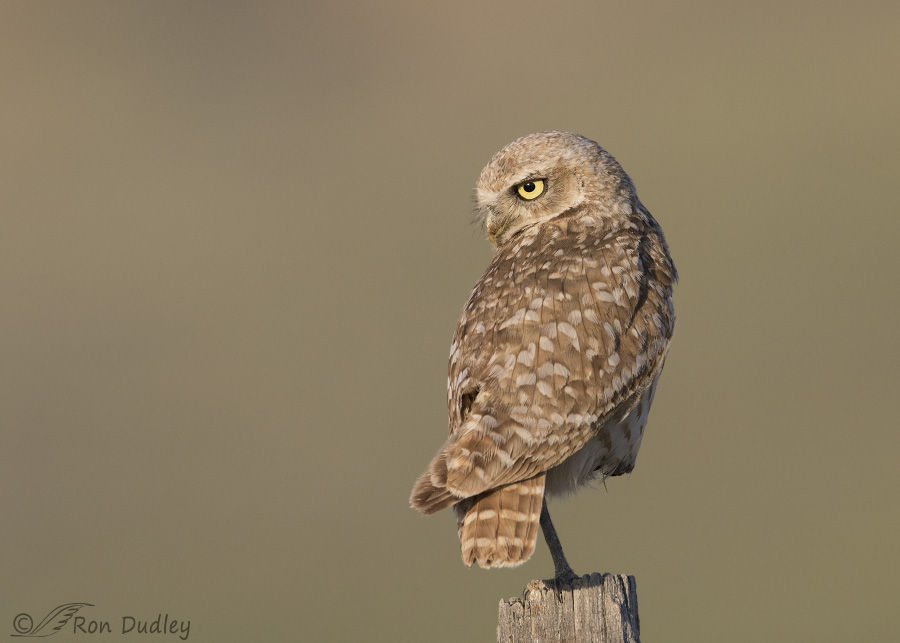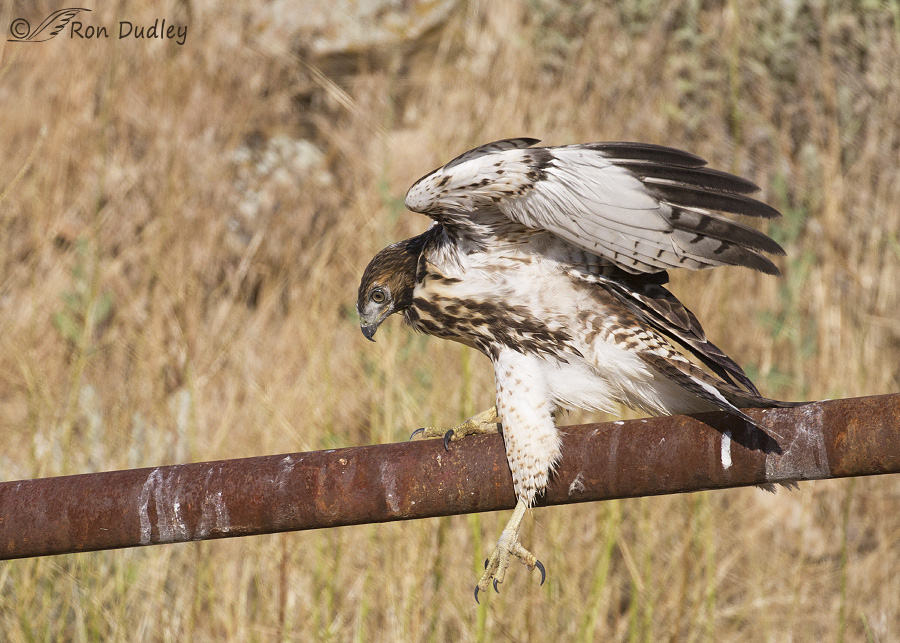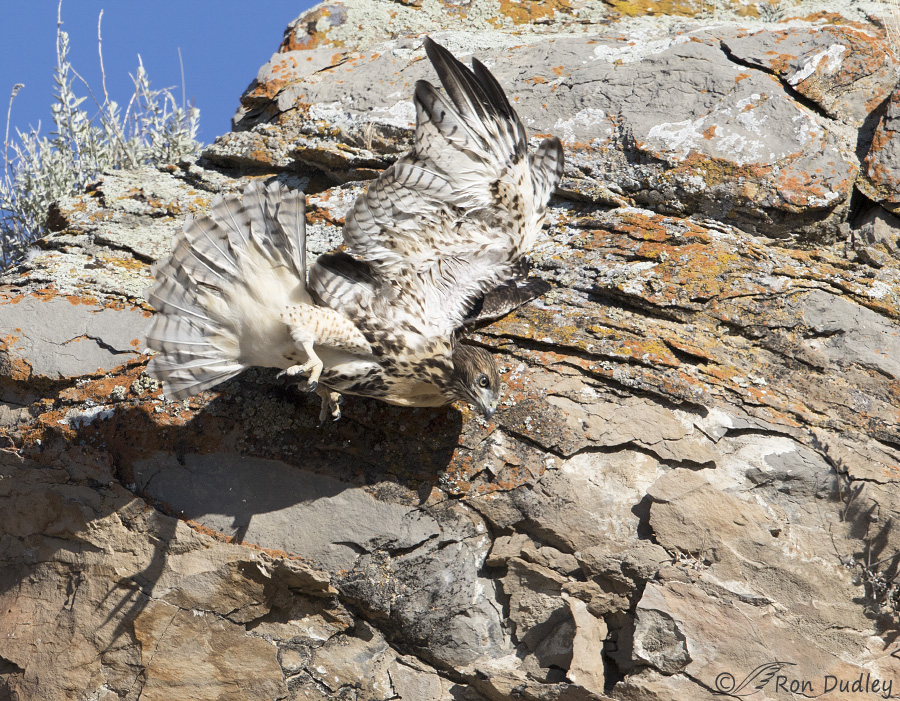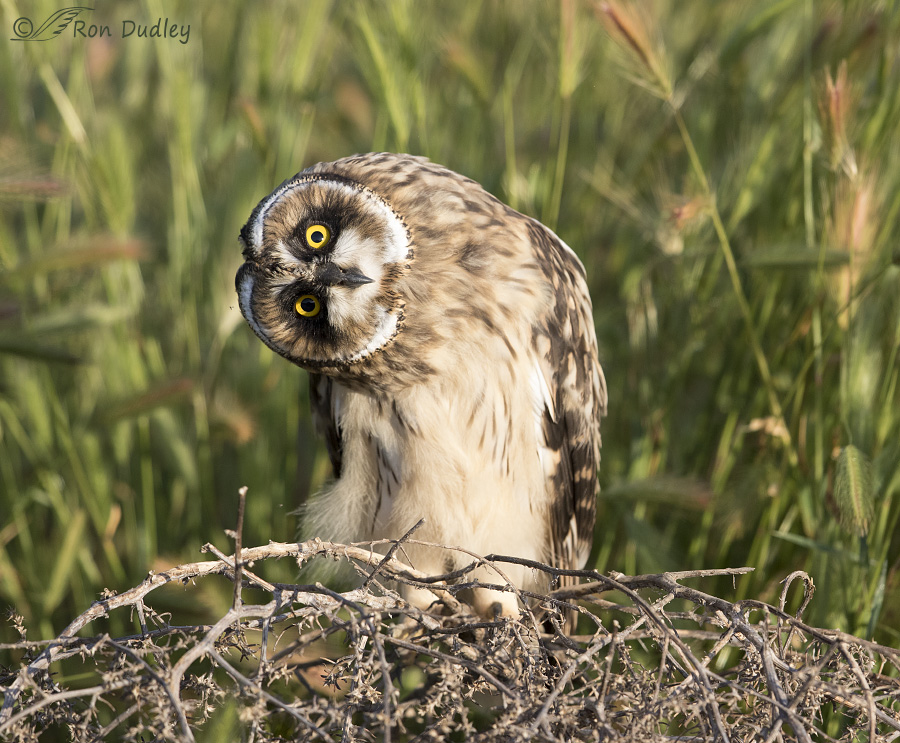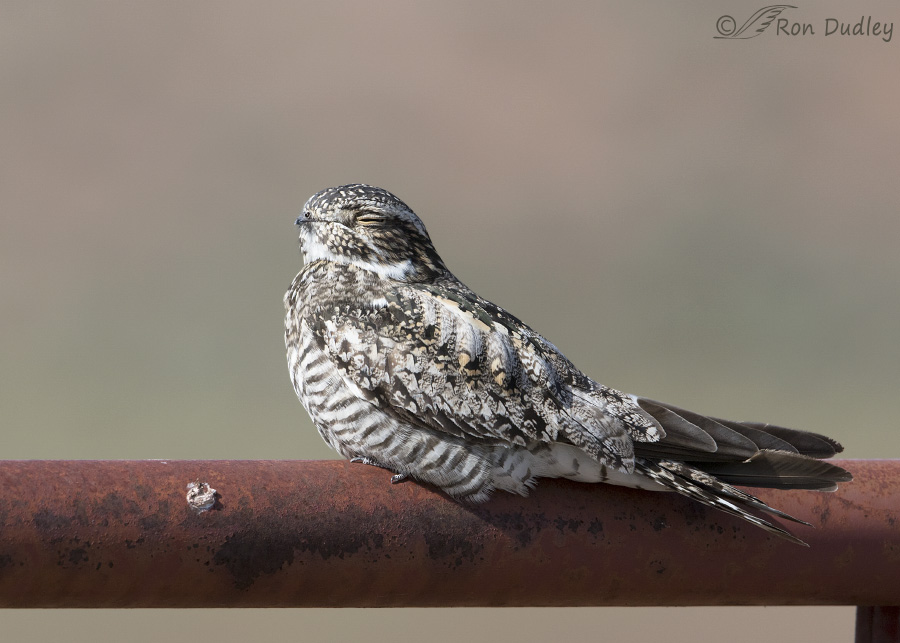Category: Miscellaneous
Swainson’s Hawk Throwing A Pellet
A Twitchy Marsh Wren Making A Completely Vertical Takeoff
The Supracoracoideus – An Ingenious Adaptation For Flight In Birds
Fledgling Red-tailed Hawk Practicing More Skills – Clumsily
Red-tailed Hawk Showing Off New Skills – Part 2
Why The Killdeer Doesn’t Perch
Prairie Falcon Attempting An Incognito Takeoff
Bullock’s Oriole Just After Stealing Food From A Spider
The Burrowing Owl And The Meadowlark
Fledgling Red-tailed Hawk Trying To Walk A “Tightrope”…
Red-tailed Hawk – A Teaser For Tomorrow’s Post
Feet-forward Takeoff From A Loggerhead Shrike
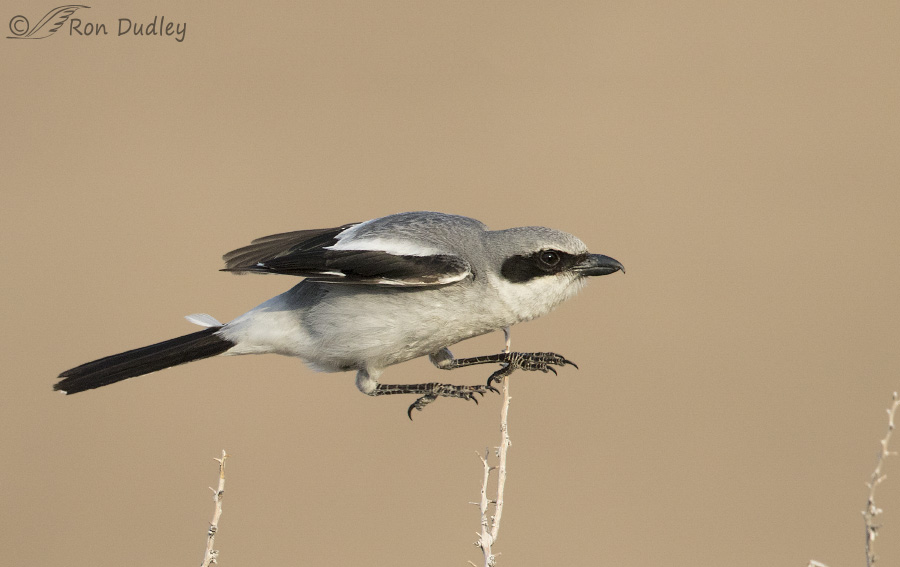
With birds it’s quite often the little things that grab my attention and they don’t come much smaller than this. It was subtle and quick, very quick, but it’s one of the strategies that can make the difference between a meal and going hungry. 1/1600, f/5.6, ISO 1250, Canon 7D Mark II, Canon EF 500mm f/4L IS II USM + EF 1.4 III Extender, not baited, set up or called in Yesterday morning on Antelope Island I caught this Loggerhead Shrike swallowing a spider (the island is absolutely loaded with spiders – the state park actually holds an annual Spider Festival). The shrike hunted from this perch for about 5 minutes – launching after potential prey and then returning to the same hunting platform. When this shot was taken the sun was behind a cloud so I decided to crank up my ISO to get a little more shutter speed for takeoff shots. Even at ISO 1250 I needed more SS than this to get the wings of the incredibly fast bird sharp at takeoff but I was already at a higher ISO than I almost ever go. 1/3200, f/5.6, ISO 1250, Canon 7D Mark II, Canon EF 500mm f/4L IS II USM + EF 1.4 III Extender, not baited, set up or called in Thankfully the sun came out four minutes later and doubled my shutter speed. An instant after this photo was taken the shrike spotted prey (probably an insect or another spider) directly in front of it. In a typical takeoff the shrike would avoid any obstacles by altering its direction of…
Fledgling Short Eared Owl Siblings
Common Nighthawks – Why Do They Keep Their Eyes Closed When They’re perched?
Swainson’s Hawk Throwing A Pellet
A Twitchy Marsh Wren Making A Completely Vertical Takeoff
The Supracoracoideus – An Ingenious Adaptation For Flight In Birds
Fledgling Red-tailed Hawk Practicing More Skills – Clumsily
Red-tailed Hawk Showing Off New Skills – Part 2
Why The Killdeer Doesn’t Perch
Prairie Falcon Attempting An Incognito Takeoff
Bullock’s Oriole Just After Stealing Food From A Spider
The Burrowing Owl And The Meadowlark
Fledgling Red-tailed Hawk Trying To Walk A “Tightrope”…
Red-tailed Hawk – A Teaser For Tomorrow’s Post
Feet-forward Takeoff From A Loggerhead Shrike

With birds it’s quite often the little things that grab my attention and they don’t come much smaller than this. It was subtle and quick, very quick, but it’s one of the strategies that can make the difference between a meal and going hungry. 1/1600, f/5.6, ISO 1250, Canon 7D Mark II, Canon EF 500mm f/4L IS II USM + EF 1.4 III Extender, not baited, set up or called in Yesterday morning on Antelope Island I caught this Loggerhead Shrike swallowing a spider (the island is absolutely loaded with spiders – the state park actually holds an annual Spider Festival). The shrike hunted from this perch for about 5 minutes – launching after potential prey and then returning to the same hunting platform. When this shot was taken the sun was behind a cloud so I decided to crank up my ISO to get a little more shutter speed for takeoff shots. Even at ISO 1250 I needed more SS than this to get the wings of the incredibly fast bird sharp at takeoff but I was already at a higher ISO than I almost ever go. 1/3200, f/5.6, ISO 1250, Canon 7D Mark II, Canon EF 500mm f/4L IS II USM + EF 1.4 III Extender, not baited, set up or called in Thankfully the sun came out four minutes later and doubled my shutter speed. An instant after this photo was taken the shrike spotted prey (probably an insect or another spider) directly in front of it. In a typical takeoff the shrike would avoid any obstacles by altering its direction of…


